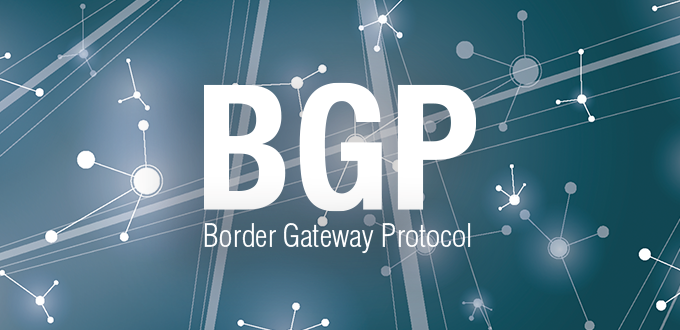BGP from theory to practice
28/11/2023

By Flavio Luciani, Antonio Prado and Tiziano Tofoni
Back in 2011, Reiss Romoli published the first edition of the book “BGP: From Theory to Practice”, written by Tiziano Tofoni. Many years have gone by since then, and the author of the first edition deemed it necessary for it to undergo an extensive review, since, in the meantime, BGP – although quite consolidated – underwent its own evolution. New techniques significantly improved its security and convergence speed aspects – the two Achilles’s heels of the first BGP versions.
Despite our different professional journeys, we all have a common denominator in BGP. According to our ‘vision’, BGP is the standard protocol without which the entire Internet would not be possible. And this has been proven over the years, since BGP has gained such consensus that it has become the most important protocol for IP networks – the true supporting structure of the “Internet ecosystem”.
BGP is based on simple, yet effective concepts, which allow for an extremely flexible use of this protocol. Although it was born and designed as an inter-domain routing protocol, today BGP is broadly employed also in other fields, such as:
- In modern public Service Provider networks, where it plays a key role in the overall routing architecture, because – thanks to its proven scalability – it has turned out to be a very efficient tool also to distribute external routing information within the network.
- In MPLS service control planes;
- For “painless” IPv4 to IPv6 migration, without major impacts on the backbone of the Service Providers;
- As private network access protocol to Service Provider networks;
- As IGP in big Data Centers, where it acts as routing protocol on the underlay network, and as transfer for several kinds of information on the overlay network.
Rather than an actual routing protocol in the traditional sense, BGP is routing policy application protocol. Indeed, in its definition, the protocol designers did not focus on some of the typical aspects of standard routing protocols, such as convergence speed and security. Rather, they focused on making the exchange of large quantities of IP prefixes scalable – and they certainly succeed in doing so, if we consider that today, in the routers used by large IP networks, BGP can manage the exchange of routing information related to almost one million IP prefixes.
All this has driven us to follow BGP’s evolution up close, and to spread its knowledge to a vast audience of insiders. This is how the idea of writing a second edition of the original book came about. Following the spirit of the first edition, this edition also pursued the goal of combining theory and practice, and tried not to be only a (debatable) presentation of the standard. This is why, apart from explaining in detail and with many examples how the protocol works and its role in IP networks and in the entire Internet ecosystem, the book also includes many practical application examples, resulting from many years of experience.
You can read the first chapter here
(Free access, no subscription required)
In the way it is conceived, the book requires solid notions on TCP/IP architecture, and on IP routing fundamentals in particular. Moreover, since it covers several configuration aspects, both in Cisco (IOS/IOS-XE/IOS-XR) and in Juniper (JUNOS) environments, it also requires a basic knowledge of these Operating Systems. Nevertheless, we firmly believe that being knowledgeable about a specific Operating System is not so important, once the basic concept behind the protocol and its services have been acquired. Jumping from one technology to another is just a question of learning the basic commands, and understanding how the protocol was implemented by that specific developer, with this last aspect being crucial in machine TCL scenarios.
In general, this is an upper-intermediate level book, while the notions on BGP can be read both by readers with basic knowledge who wish to deepen its concepts, and by those with no understanding of this standard. It is addressed to the wide audience of Internetworking experts, both on the Service Provider network and on the private network side (see all institutions such as Banks, Industries, Public Administrations, many of which have Corporate Networks based on the IP/MPLS backbone).
We hope that reading it will help, apart from understanding the standard’s theoretical-practical fundamentals, also to grasp the importance of an intensive use of BGP in IP networks.
The views expressed by the authors of this blog are their own and do not necessarily reflect the views of LACNIC.